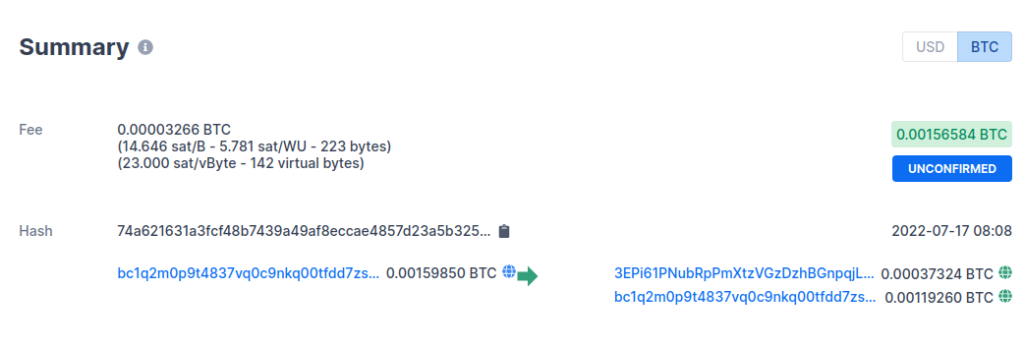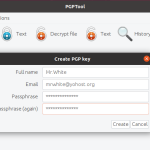This is a quick tip on how to understand Bitcoin transaction summary. If you take a Bitcoin transaction ID, it can be difficult for a newbie to find out transaction value, sender and the receiving party – the things which are obvious when you look into transactions of your credit card, for example. In Bitcoin it can be tricky.
Example of BTC transaction
It’s always easier to learn by examples. Here is transaction ID for you: 74a621631a3fcf48b7439a49af8eccae4857d23a5b3259d76c9a24d1eec190cd [here you can check it online]. The summary of the transaction can be seen on the picture below.

If you are not familiar, how the BTC transactions work, you may think: 1. transaction amount is 0.00156584 BTC, the sender is bc1q2m0p9…. and the receiver is …. 3EPi61PN….? Or bc1q2m0p9…? Did the sender sent money to himself?
A bit of technical things
The main element of BTC transaction is transaction output. Blockchain nodes look after the outputs which can be spent and these outputs called “unspent transaction outputs” or UTXOs. These outputs are the BTC to spend and are undividable. For example, when you have a $100 note in your wallet, you cannot tear off a piece of $10. You give $100 and expect the change of $90. Same thing happens when you send a BTC transaction – your wallet identify and UTXO, which is greater or equal to the amount you want to spend and expect to receive a change.
Getting back to our example
Taking into account all we have said above, this is what we got in our example transaction:
- transaction amount 0.00037324
- sender is bc1q2m0
- receiver is 3EPi61PN
- change is 0.00119260 sent back to address bc1q2m0
Summary
Now you have a little bit of understanding how BTC transactions work and how to understand them. If you start checking more transactions you will find out that some of them are more complicated than others. Some of them will contain multiple outputs and different change address from senders one. We have missed some parts of the transaction details, like fees and confirmations but these are easy things for self-study.
















